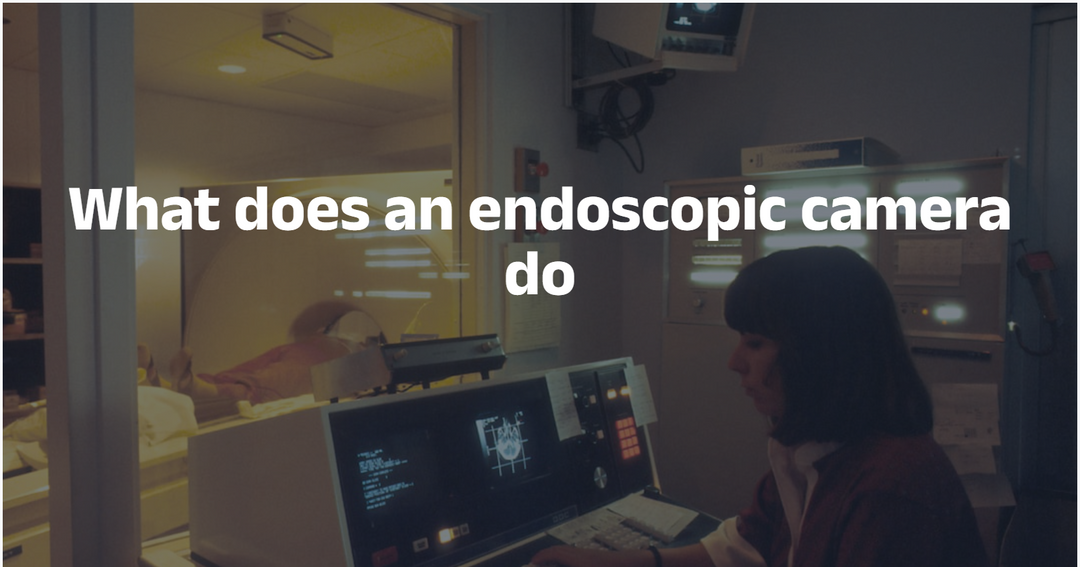Underfloor Heating Diagnostic with Noyafa NF-522 Infrared Thermal Camera
What is an underfloor heating system?
Over the past few years, underfloor heating has grown in popularity. The key advantages include low operating costs, minimal need for radiators, and a comfortable environment. Underfloor heating systems are being installed in increasing locations as it is the most effective method of distributing constant heat across a home or commercial space.
To ensure comfort for patients and staff, climate control in hospitals is crucially used with underfloor heating applications. Thermal imaging technology is one of the fastest ways to evaluate the functioning of an underfloor heating system because the heating pipes are concealed beneath the flooring rather than exposed like radiators.
A thermal imaging camera such as NF-522 is capable of detecting heat patterns through the sub-floor to evaluate the system's effectiveness, such as if it is working correctly or not. Using a thermal camera is very helpful for system tracing, assessing freshly installed underfloor heating, and finding issues with the existing systems.
Choosing The Right Thermal Imaging Camera
You can spot issues using a thermal imaging camera early on, allowing for documentation and correction before these issues worsen and become more expensive to fix. Choosing a suitable thermal imaging camera is critical as the heating pipes can be very densely packed and located underfloor.
The thermal sensitivity range should be from 0.1 C, with a minimum resolution of 160x120 pixels. This configuration is the bare minimum to be able to detect the effectiveness and errors in the heating systems. The underfloor heating system must be checked intermittently such that if it is working optimally or not. Hiring a company to do this work for you will become expensive.
The good news is that Noyafa's NF-522 thermal imaging camera is affordable and way better than the bare minimum configuration. Let us see some of the technical features and benefits of NF-522.
Features of NF-522 thermal camera:
- Thermal imaging resolution of 200x150
- The angle of view is 35°x 26°
- temperature range is from –40℃ to 330℃
- Thermal sensitivity is 65mK
- 9Hz image frame rate
- Adjustable emissivity (0.1-1.0)
- Seven color imaging modes to cover a wide range of inspection
- Multi shutter intervals of 15 seconds, 30 seconds, and one minute
- Built-in 2.8-inch TFT luminous LCD
- 16 GB MiniTF memory card for ample storage
Benefits of using NF-522 thermal camera:
- Helps in installation and maintenance of floor heating, radiator and water heater
- To assist in diagnosing the causes of areas performing poorly
- To locate and pinpoint the network of sub-surface pipes
- Ergonomic, sturdy design with drop test protection for up to 2 meters
- Built-in rechargeable 5000mAh battery for portability and extended use
- It helps you in finding faults before real problems occur
- Save your valuable time and money
How to Trace Underfloor Heating Systems and Pipes?
The underfloor heating pipes must be laid out in a regular pattern to produce effective and constant heating across a building or room. However, you might need a complex pipe layout pattern if there are obstacles or the rooms are shaped uncustomarily. The underfloor heating system must be turned on and fully warmed up before evaluating the floor using the point-and-shoot thermal camera.
Generally, the temperature directly above pipes is around 26° C, whereas the floor temperature is often approximately 18° C. An optimally working heating system should be easily traceable from the system manifold (heat generator) throughout the property rooms and back to the manifold hub. If the heating system works optimally, the thermal imaging camera NF-522 will show the pipes in a bright orange color palette.
So far, we have covered the essentials of underfloor heating, diagnosing issues with a thermal camera, and some features and benefits of Noyafa's NF-522 thermal imaging camera.
Let us look at some possible issues that may arise with underfloor heating systems:
A thermographic inspection of an underfloor heating system can detect and identify a number of issues. Additionally, a poorly installed underfloor heating system might cause serious problems. Among them are:
- Problems with the screed floor, gapping
- Pipe placement issues leading to leaks
- Energy flow problems from pipes to the manifold
Firstly, a gap in the pipework pattern could indicate a blockage or leak that is completely prohibiting the warm water from flowing through a particular segment of piping. A faint outline or less bright orange color around the pipes would indicate a potential flaw with the insulation, causing the pipes to heat the ground rather than the room.

Secondly, if there is a partial leak or block, the thermal imaging camera will show a different pattern than in the first case. The thermal camera's bright white or orange color palette will slowly fade to just above room temperature as the air enters the heating pipes, causing them to cool down from their optimal temperature. Hence, this issue can be captured quickly with the help of a thermal camera without any interference from the ground.

Finally, the issues in underfloor heating systems are easily detectable through thermal inspection at the system manifold hub, where all the heating pipes originate and end. The significant variation in return temperatures can be an indication of air infiltration, leaks, or other issues in various underfloor heating loops. To find and identify the problems, you will need to do a general inspection using the thermographic camera.

Concluding note:
Underfloor heating systems can experience a wide range of troubles. Still, a thermal imaging camera offers an all-in-one, non-intrusive way to locate and detect problems that may arise at the system manifold hub or in the actual heating system pipes. By displaying heat patterns on the screen, the user is also able to pinpoint precisely the need for repair work and evaluate the effectiveness of a freshly installed system.
Thermal imaging technology is now more affordable than ever as we offe r powerful thermal imaging cameras such as NF-522, NF-523, and NF-525. All these cameras are affordable for cover many aspects of thermal imaging applications.




